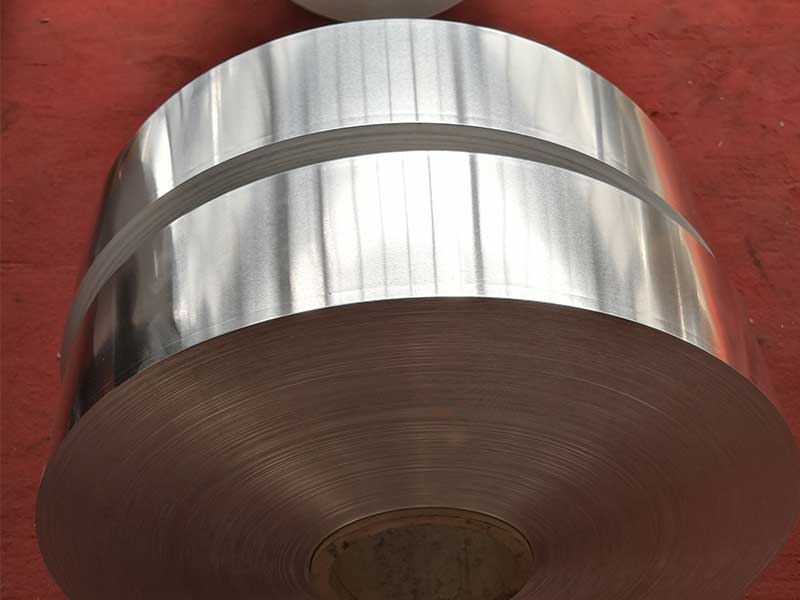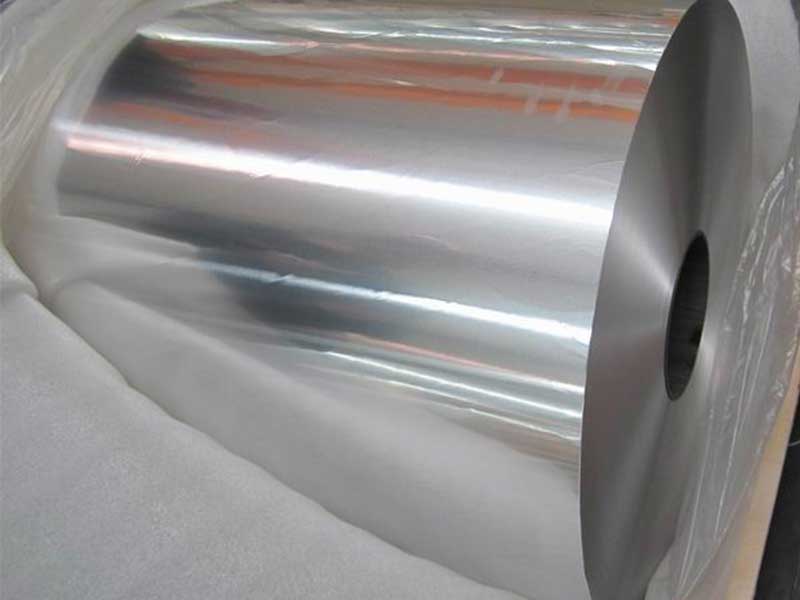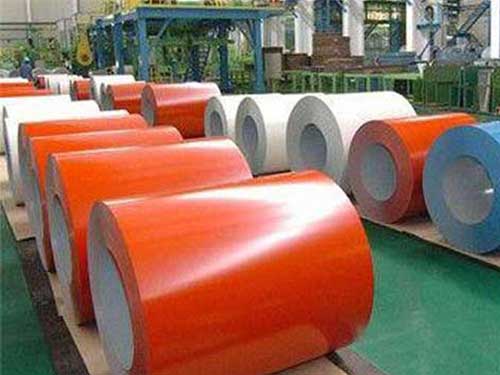1050 1100 3003 3004 H14 Aluminum Alloy Coil
Aluminum alloys are the unsung heroes of modern engineering and manufacturing, quietly powering industries that range from aerospace to architecture, electronics, and beyond. Among these alloys, the 1050, 1100, 3003, and 3004 series are particularly noteworthy for their unique blend of properties. So let's embark on a journey these alloys beyond their mechanical specifications, digging into the characteristics and real-world applications that make them standout materials.
A Symphony of Series: 1050, 1100, 3003, and 3004
1050 and 1100 Series: The Purity and Diversity Duo
1050 Aluminum Alloy takes center stage with its outstanding chemical purity, boasting at least 99.5% aluminum content. This purity results in excellent corrosion resistance and thermal conductivity, making it an ideal choice for applications such as heat exchangers and chemical processes. It’s easy to fabricate, lending itself well to a variety of forming techniques, which makes it a popular option for custom projects.
For those seeking a slight boost in mechanical strength while retaining excellent corrosion resistance, the 1100 series shines. This alloy retains a similar purity profile but is noted for minor additions of other elements that enhance its workability and thermal properties. It is frequently used in food processing, cooking utensils, and storage tanks where integrity and safety in contact with food-grade environments must be reliable.
3003 Series: Strength Meets Workability
If we shift our focus to the 3003 Aluminum Alloy, it introduces some manganese that significantly enhances its strength compared to the previous series. This balanced composition allows for workability—essentially a dance of ductility and malleability, empowering fabricators to create complex forms without losing structural integrity.
3003 aluminum is widely utilized in manufacturing products that endure moderate loads. Notable applications include HVAC units, truck trailers, and decorative trim. People in manufacturing trust the versatility of this alloy, which strikes a fine balance between durability and performability.
3004 Series: The Heavyweight Champion
Taking a step up the ladder, we come across the 3004 aluminum alloy. Incorporated with additional elements like magnesium, the strength derivation relative to its weight shines bright here. Industry insiders often recognize this alloy for its exceptional performance in forming and capability to withstand further applications. Food and beverage cans, where durability matters against corrosive elements and the rigors of production, utilize 3004 extensively.
The Tempering Tact: H14 Temper
the tempering of these alloys offers critical insight into the characteristics they exhibit following metallurgical processes. The H14 temper, common among the sheets and coils from these alloys, refers to the “strain-hardened” state through which the alloy has been cold worked to measure strength without melting it down.
This temper provides a balanced approach roughly corresponding to yield strengths ranging from 110-190 MPa, adapting well to many applications. Depending on the individual alloying element—1050, 1100, 3003, or 3004—the particular operational advantages can be tailora. This working flexibility nurtures creative engineering designs meeting specific criteria.
Chemical Properties and Practical Applications
Here’s a condensed table showcasing basic chemical properties alongside mechanical standards for quick consideration:
| Alloy Type | Aluminum (Al) | Manganese (Mn) | Magnesium (Mg) | Other Elements | Yield Strength (MPa) | Applications |
|---|---|---|---|---|---|---|
| 1050 | ≥99.5% | 0.05-0.2% | - | Fe, Si | 70 | Electrical Appliances, Heat Exchangers |
| 1100 | ≥99.0% | 0.12-0.2% | - | Fe, Si | 75-135 | Food Processing, Chemical Industries |
| 3003 | 90-94% | 1-1.5% | - | Cu, Si, Zn | 115-145 | Cooking Equipment, Chemical Tanks |
| 3004 | 90.7-94% | 1-1.5% | 0.8-1.1% | Cu, Zn | 160-220 | Beverage Cans, Structural Components |
https://www.al-alloy.com/a/1050-1100-3003-3004-h14-aluminum-alloy-coil.html






